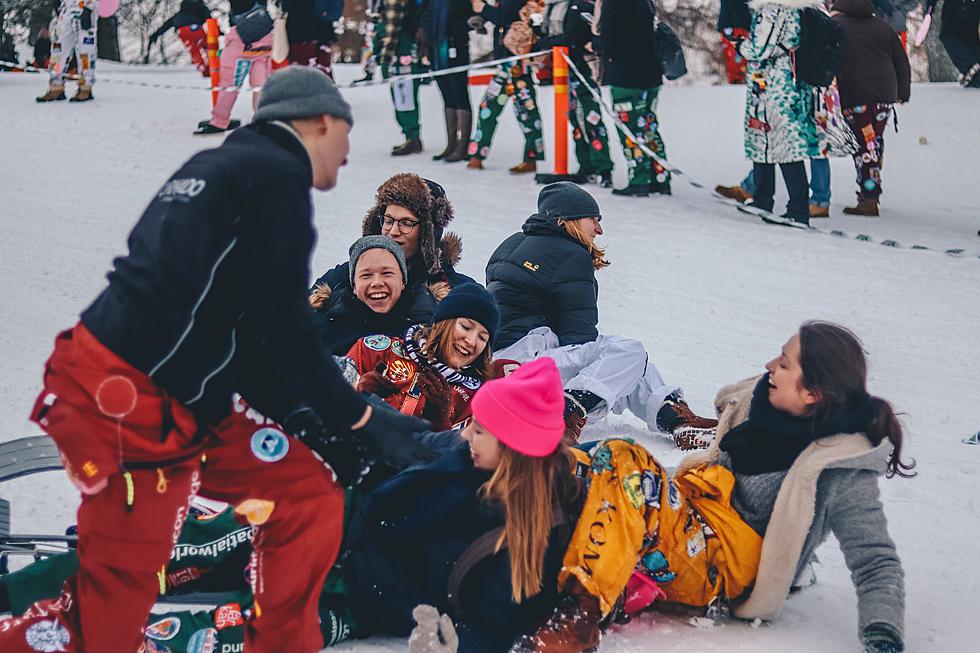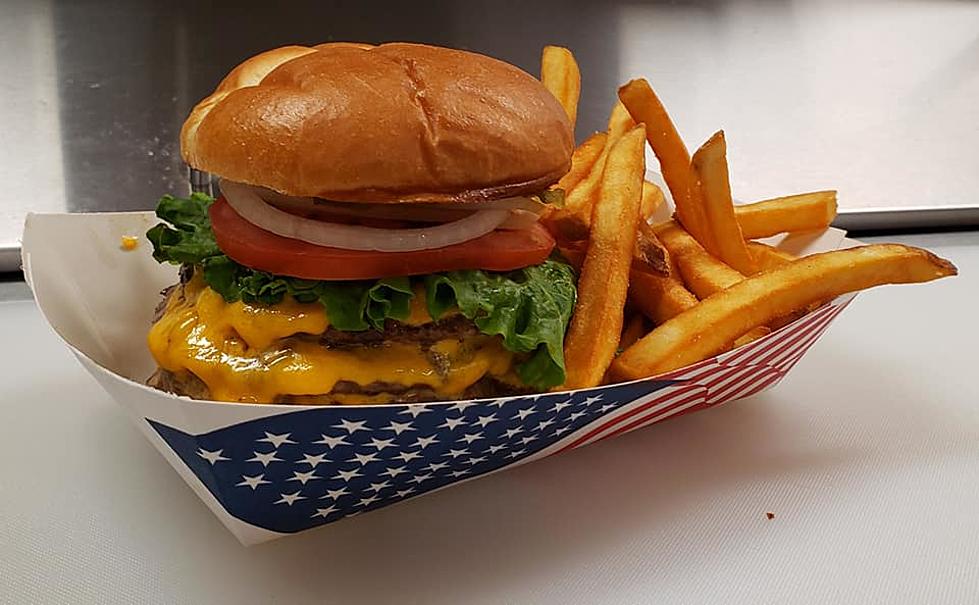
Scrapbook Scribbles 3: Terms and Phrases
If you are new to the hobby of scrapbooking or even paper crafting, there might be some terms out there that will either intimidate you or confuse you. I hope that this glossary will help at least just a bit.
Acid Free
Materials that have a pH balance of 7.0 or higher. Many papers are considered acid free immediately after manufacture however unless they have been buffered, i.e. treated with a neutralizing agent, chemical reactions with substances such as sizing or bleaching will cause the paper to become acidic over time. All plastic by its nature is acid free however some plastic is unsafe for use in photo albums.
Adhesives
The glue used to attach/secure photographs and other components onto a scrapbook page. Adhesive types include photo corners (clear plastic stick on style or paper "lick and stick" style) which are considered to be non-permanent, photo tape, photo tabs, tape runner (all forms of double sided tape) which are considered permanent and photo safe.
Album
Blank book used to store scrapbooking photographs and scrapbook pages.
Bone Folder
A tool that's used to impress a fine line or crease onto a piece of paper or cardstock to make folding the paper much easier and provides a neater fold. Although called bone folders, they can also be made out of plastic
Border
The margins of a scrapbook page. Usually spoken of in terms of decoration.
Cardstock
Sturdy paper, available in a variety of weights for scrapbooking.
Crop/Cropping
To cut or trim a photograph... to highlight a certain area, or cut out unwanted activity, or simply changing the photograph's shape.
Dry Embossing/Debossing
To make a raised image by pushing the paper up using a stylus from the backside. Also called blind embossing.
Embellishment
Any scrapbooking supplies that enhance the pages. (e.g. Brads, Eyelets, Fibers, Charms, etc.)
Emboss
To create a raised design on paper, either by heating embossing powder laid on a stamped image, or by using a stylus to trace a brass embossing template
Embossing Ink
A glycerin based used for embossing.
Embossing Powder
Powder sprinkled, usually on stamped images, and heated to create raised edges.
Journaling
The words you write in your scrapbook. This can include captions, long descriptions, poems or stories.
Layout
A page design or the grouping of scrapbooking pages that go together. A layout can be one page; two or some are even a panoramic 4 page spread.
Lignin
A naturally occurring acid substance in wood that breaks down over time. Paper with lignin is not suitable for archival scrapbooking projects.
Matting
Matting is a technique that allows you to enhance your photos by adding a border around the outside edges. The border is, most often, made from an acid-free paper that looks almost like a frame. Matting is also a non-permanent way of cropping your pictures.
Monochromatic Color Scheme
Employs different values of the same color.
Paper Piecing
Die cuts or punches put together to create an image for your scrapbook page.
Paper Trimmer
Paper-cutting tool. Can be a rotary blade, or guillotine action.
Scrapbooking
The creative art of displaying your photos and memorabilia. Can incorporate journaling, and embellishments. The primary purpose of scrapbooking is to preserve memories for future generations, but a secondary purpose often is to exercise your creativity as you display your memories in a scrapbook.
Scrap lift
To use an idea for part or whole of a page layout you’ve seen someone else use.
Next time: Getting Motivated
More From 100.7 KXLB









